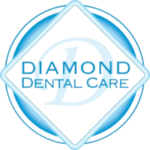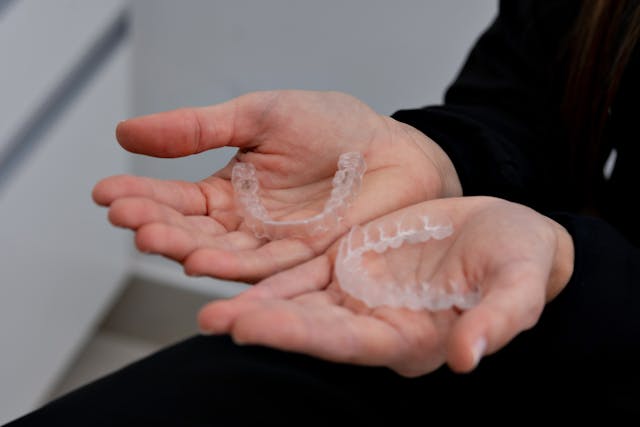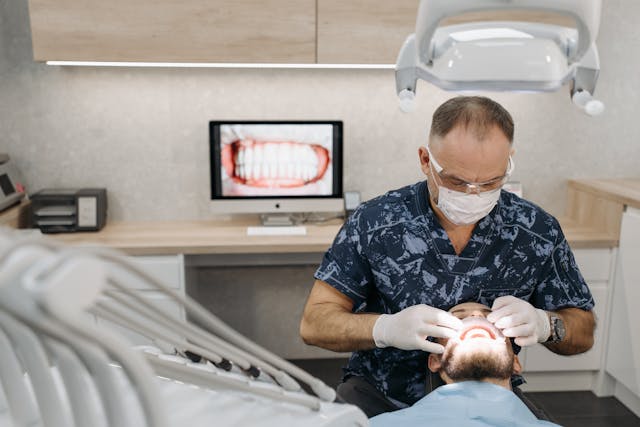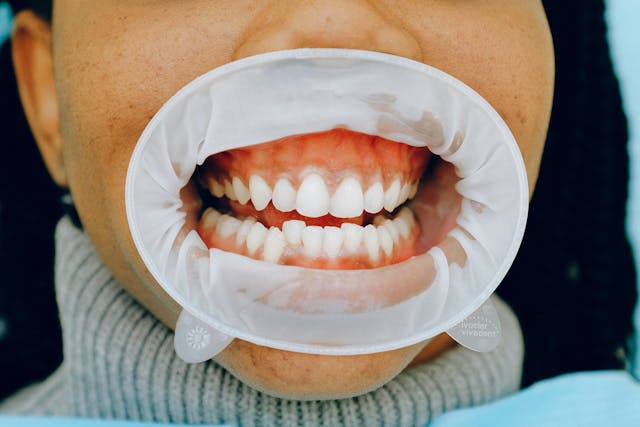Understanding Tooth Extraction
What Is a Tooth Extraction?
Tooth extraction is the process of removing a tooth from its socket in the jawbone. It’s typically a last resort when no other treatment can save the tooth. While it might sound intimidating, modern dentistry ensures that it’s as painless and smooth as possible.
Call us at (909) 860-7579 to book your visit. You can also connect with us on Facebook or leave a review on Yelp. We look forward to seeing you!
Types of Tooth Extractions
There are two main types: simple extractions, where the tooth is visible and easily accessible, and surgical extractions, which involve removing teeth that are not fully erupted or have broken off at the gum line. The method depends on the condition and position of the tooth.
Common Reasons for Tooth Extraction
Severe Tooth Decay
When decay penetrates deep into the tooth and affects the pulp or root, sometimes even a root canal can’t save it. Extraction becomes necessary to prevent the spread of infection and alleviate pain.
Advanced Gum Disease
Gum disease (periodontitis) can damage the tissues and bone supporting your teeth. When this happens, teeth become loose and may need to be extracted to maintain the health of the remaining teeth.
Impacted Wisdom Teeth
Wisdom teeth often grow in at odd angles or get trapped in the jawbone. This can cause pain, infection, and even damage neighboring teeth. In such cases, extraction is a wise choice—pun intended.
Overcrowding or Orthodontic Treatment
Sometimes, a dentist might remove a healthy tooth to create space for proper teeth alignment, especially when preparing for braces or other orthodontic appliances.
Broken or Cracked Teeth
A tooth broken below the gum line or fractured beyond repair may have no other solution than removal. This helps prevent pain and complications.
Infection or Risk of Infection
Even if a tooth isn’t severely decayed, it might pose a risk of infection—especially for people with compromised immune systems. In such cases, dentists often recommend extraction to protect your health.
Trauma or Injury
Accidents can cause irreparable damage to teeth. If a tooth can’t be fixed with a crown or bonding, extraction may be needed.

How Dentists Determine If Extraction Is Needed
Clinical Examination
Dentists start with a detailed examination, checking for swelling, damage, pain, and visible decay. This helps them understand whether extraction is truly necessary.
Digital X-Rays and Imaging
X-rays show what’s happening beneath the surface—revealing hidden decay, impacted teeth, or bone loss. This imaging is critical for planning the safest extraction method.
Considering Other Treatment Options First
Before jumping to extraction, your dentist might explore alternatives like fillings, root canals, or crowns. At Diamond Dental Care, we always try to save the tooth if possible.
The Tooth Extraction Procedure
Simple Extraction
Done with local anesthesia, this involves loosening the tooth and removing it using special tools. It’s quick and usually heals well with proper care.
Surgical Extraction
This is used for more complex cases like impacted teeth or broken roots. A small incision is made in the gum to access and remove the tooth. Stitches may be needed afterward.
What to Expect During the Procedure
You’ll feel pressure but no pain, thanks to anesthesia. The process is usually done within 20–40 minutes, and you’ll be sent home with aftercare instructions and prescriptions if needed.
Recovery After a Tooth Extraction
Immediate Aftercare Tips
After extraction, bite down on gauze to stop bleeding and form a clot. Avoid spitting or using a straw for 24 hours to prevent dry socket, a painful condition where the clot dislodges.
Foods to Eat and Avoid
Stick to soft foods like yogurt, mashed potatoes, and soups. Avoid crunchy, spicy, or hot foods for a few days. Chewing on the extraction side? Definitely a no-go.
Managing Pain and Swelling
Mild swelling is normal. Ice packs, prescribed medications, and rest will help you recover quickly. Most patients feel better within 3–5 days.
When to Seek Professional Help
Signs of Complications
If you notice severe pain, fever, excessive bleeding, or pus, call your dentist immediately. These could be signs of infection or dry socket.
Importance of Follow-Up Visits
Follow-ups ensure you’re healing correctly. Dentists may also discuss tooth replacement options at this stage.
Tooth Replacement Options After Extraction
Dental Implants
Implants are the gold standard—strong, permanent, and natural-looking. They prevent bone loss and restore full function.
Bridges and Dentures
If implants aren’t suitable, bridges or partial dentures can fill the gap left by a missing tooth. Your dentist will help decide what’s best for your smile and budget.
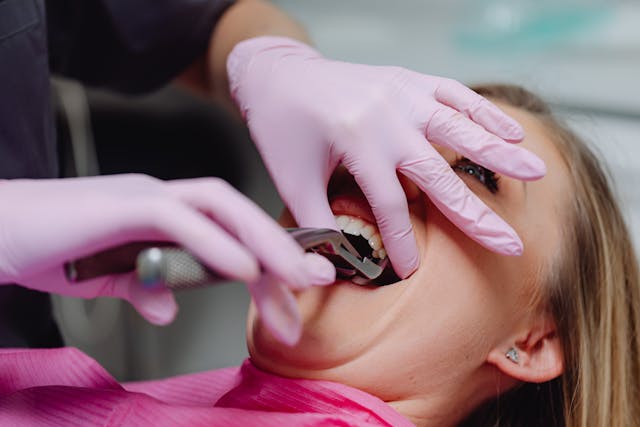
Why Choose Diamond Dental Care for Extractions?
Gentle and Expert Care
At Diamond Dental Care, we focus on comfort. Our team uses modern techniques to ensure your extraction is smooth and stress-free.
Comfortable and Stress-Free Environment
Our warm and inviting clinic at 303 South Diamond Bar Blvd, Ste 2C, Diamond Bar, CA 91765 offers a relaxing experience with friendly faces and state-of-the-art equipment.
Located in Diamond Bar, CA
If you’re in the Diamond Bar area and need expert dental care, we’re here for you. Call us at (909) 860-7579 to book a consultation or extraction appointment today.
Conclusion
Tooth extractions aren’t something to fear—they’re often the key to relieving pain, stopping infection, and making room for a healthier smile. At Diamond Dental Care, we make the process easy, gentle, and personalized. Whether it’s wisdom teeth, decay, or orthodontic needs, we’re with you every step of the way. Don’t wait until the pain becomes unbearable—reach out to us and take the first step to better oral health.
Call us at (909) 860-7579 to book your visit. You can also connect with us on Facebook or leave a review on Yelp. We look forward to seeing you!
FAQs
Is tooth extraction painful?
Not during the procedure—local anesthesia ensures you don’t feel pain. Post-procedure soreness is manageable with meds and rest.
How long does it take to heal after a tooth extraction?
Most people feel back to normal within 3–7 days. Full healing of the socket may take a few weeks.
Can I go to work after a tooth extraction?
Yes, for simple extractions, you can usually return to work the next day. Take a day off for surgical ones if possible.
What should I avoid after extraction?
Avoid spitting, smoking, using straws, or eating crunchy foods for 24–48 hours to prevent complications like dry socket.
Will I need a tooth replacement right away?
Not necessarily, but it’s important to discuss long-term solutions like implants or bridges with your dentist.
